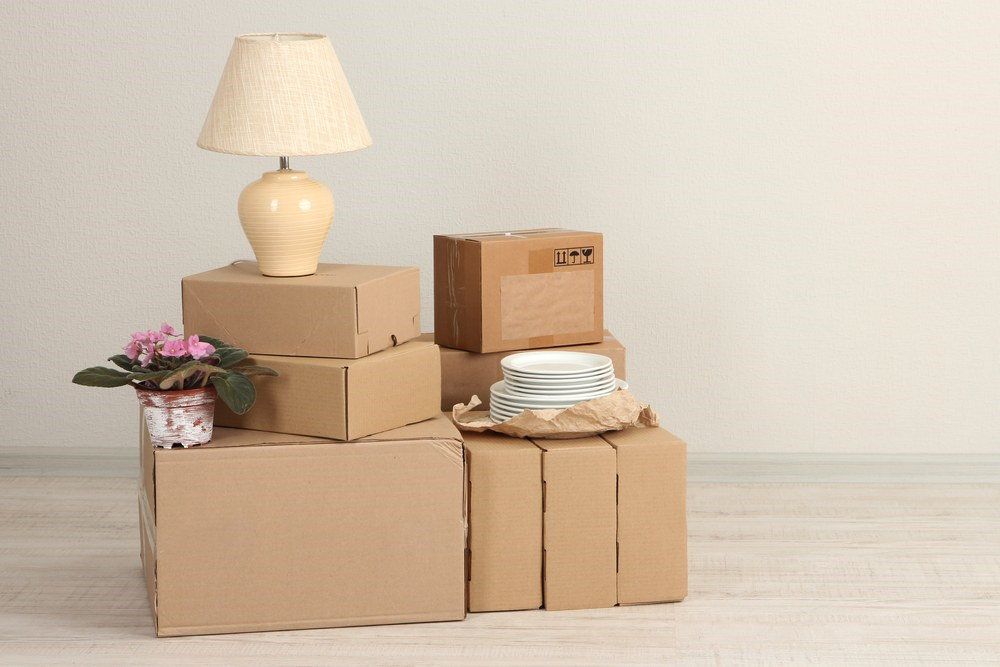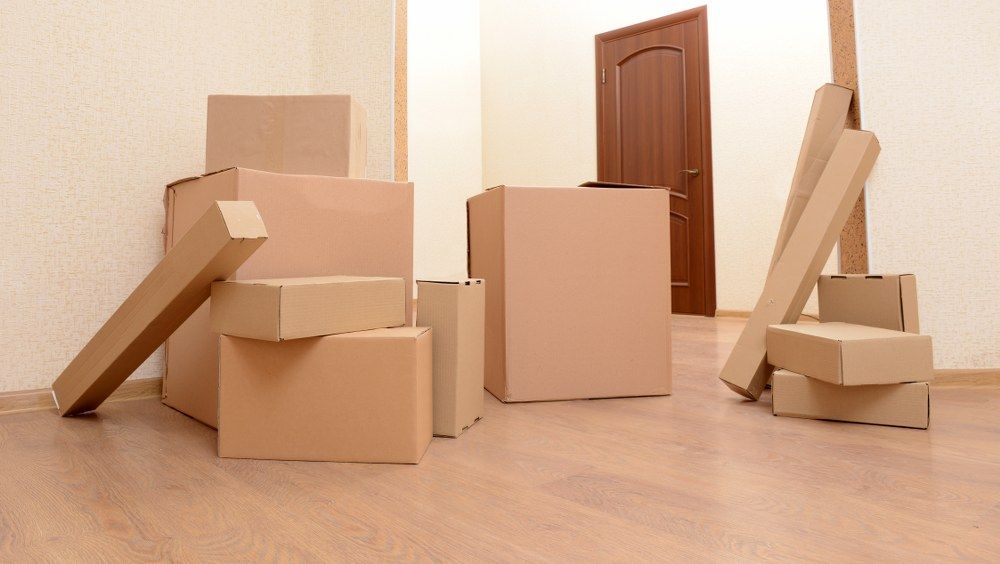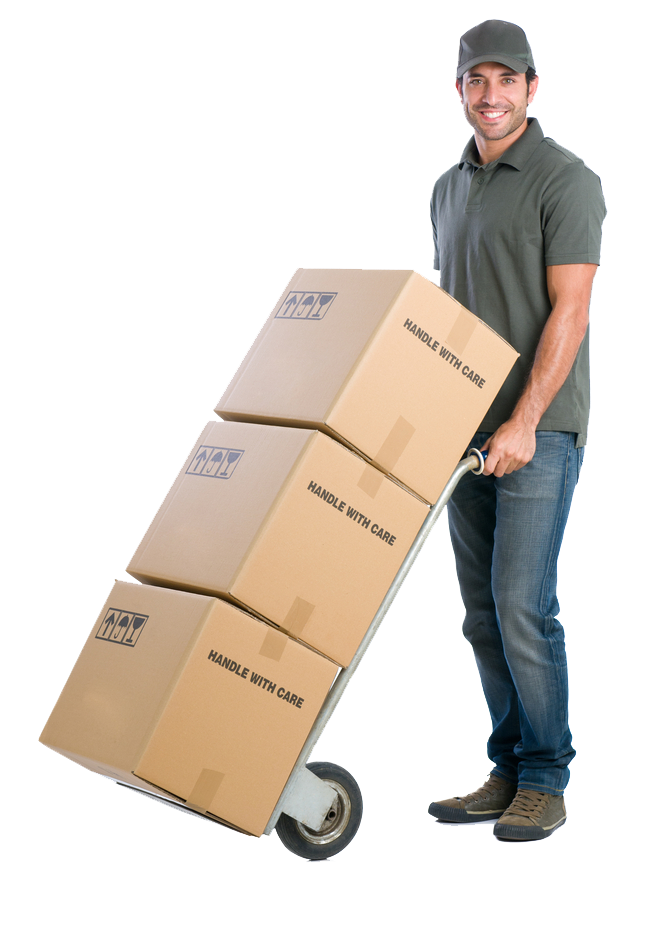General Tips For Packing When Moving House In Paddington
Posted on 29/07/2015
How to Pack for Moving House In Paddington

As you’ve probably already heard, moving house in Paddington can be one of the most stressful things you’ll ever have to organize. House hunting, sourcing a good removal company, and working your way through the endless stream of maths that surrounds the financial issues of a relocation, can all pose a significant burden on your mind. With so many things to worry about, many seem to neglect being as careful and thorough as possible when it comes to packing everything in their house for removal. Here are just a few important things to remember when packing up your possessions ready for the movers.

One of the most important and most commonly ignored tips for moving house to W2 is not to leave everything to the last minute. Start the packing process as early as possible, possibly with a big clear-out of anything that could lighten your load on the day of the big move. It’s an unfortunately common thing for people to step over the threshold of their new property, and realise how much packing space they wasted on old, unwanted junk. Go through every nook and cranny of your current home in Paddington as soon as possible, and don’t get too sentimental when looking for things which you can throw out. These can be gotten rid of through selling them online or at car boot sales, or simply donating them to a charity shop in W1 if you want to help a certain cause. This will not only save you a lot of physical labour when it comes to unpacking, but will probably knock a significant figure off of the amount you spend on removal companies.

To chip a little weight off the considerable load on your mind, it is also advisable to get insurance for your belongings. Moving insurance won’t solve all of the problems that come with packing, but without it the whole process can rapidly become even more hellish. Most policies will cover your move in Paddington with your belongings, but it’s still important to make sure yours are up to date, especially when it comes to protecting your valuable and fragile items.

Now, onto the practical part: your packing materials. Again, you should start thinking about this well in advance, to save any frantic last-minute scrambling that will add to your overall stress levels. Start asking for empty boxes at your local supermarket, and look out for thicker, more durable cardboard. Corrugated cardboard is usually a good sign for this. Look for a variety of shapes and sizes when selecting your packing boxes in W2 as well, which will come in handy when categorising the items you need to pack. You should also get an excess of strong packing tape. Cello tape shouldn’t be used for sealing boxes, as it has been known to split during transit, but can come in handy when wrapping smaller, fragile items, which ties into the next material you need to get a lot of: bubble wrap. As tense as you may feel, try to avoid popping an entire roll, and carefully use it to cushion any valuable or breakable items. Small, resealable bags in various sizes can also come in handy for storing little parts if you’re planning to dismantle your furniture for transit. Labelling all your boxes with their contents can help you in a number of ways. For starters, the process of unpacking will go much smoother when you arrive at your new house if you know immediately which room each box is intended for. This will also help you prioritise the objects you really need, as the unpacking process probably won’t be done overnight.





